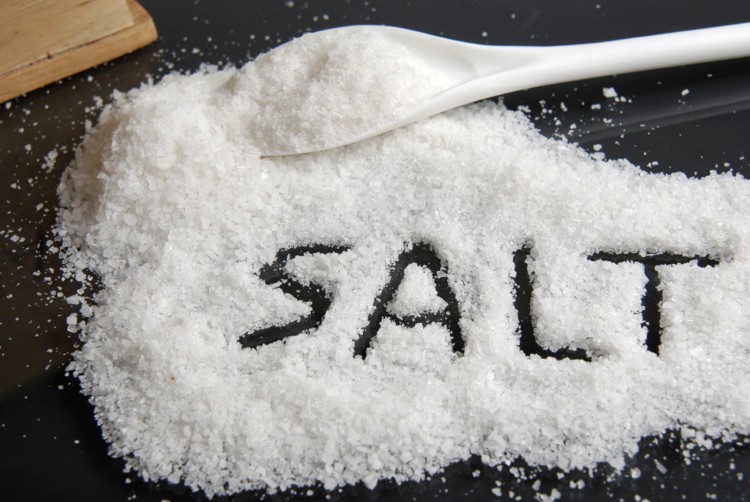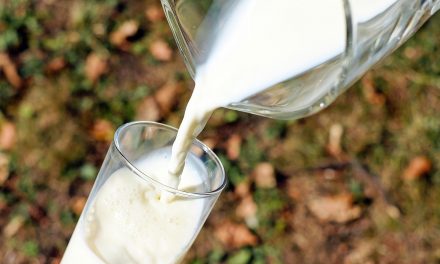“Salt is good, but if it loses its saltiness, how can you make it salty again? Have salt in yourselves, and be at peace with each other.” –Mark 9:50 Ever wondered why there’s so much negative information out there surrounding salt. While, some of the messages about salt point to genuine health concerns; many times it is the content of such messages that are often exaggerated. The bible tells us that salt is good, but just like any other substance, when taken in excess, salt can contribute to conditions like stroke, heart failure, kidney problems, osteoporosis and fluid retention. Have you ever been advised by well-meaning friends and loved ones to stop consuming salt because you suffer from high blood pressure? Well, salt is needed to maintain a healthy blood pressure, and is also essential for muscle and nerve function–simply put, without salt you cannot live. Our ancestors used salt for a number of soothing and healing purposes such as to ease swelling from bites and stings, itching and the discomfort associated with a sore throat. Salt was also used to maintain oral hygiene; and in many instances was applied directly to an injury because of its healing properties. So while salt is essential for good health, it is important to regulate the amount of salt we take into our bodies. The Dietary Guidelines for Americans recommends adults limit sodium intake to less than 2300mg per day – which is equal to about 1 teaspoon of table salt. According to the Food and Drug Administration (FDA), most dietary sodium (over 70%) comes from eating packaged and processed foods, so please beware. The FDA states that you can lower your daily sodium intake by simply using the Nutrition Facts Label found on the packages of processed foods to make informed decisions about what foods to purchase. Using the Nutrition Facts Label, you should: Other tips provided by the FDA for reducing salt intake include: preparing your own food when you can, limiting the amount of table salt you add to foods when cooking, and choosing fresh over processed foods. As much as possible, also avoid adding salt while eating prepared foods served at the table. Reducing salt intake, getting regular exercise, limiting alcohol intake (And be not drunk with wine, wherein is excess, but be filled with the Holy Spirit –Ephesians 5:18), quitting smoking and managing stress can prevent or delay the development of high blood pressure. Having gained more insight about salt, I am hopeful that you have come to the same conclusion as Mark 9:50 –salt is good. So my beloved brothers and sisters, just as the scriptures say, “have salt in yourselves, and be at peace with each other!”
iSpeech
SALT IS GOOD












Recent Comments